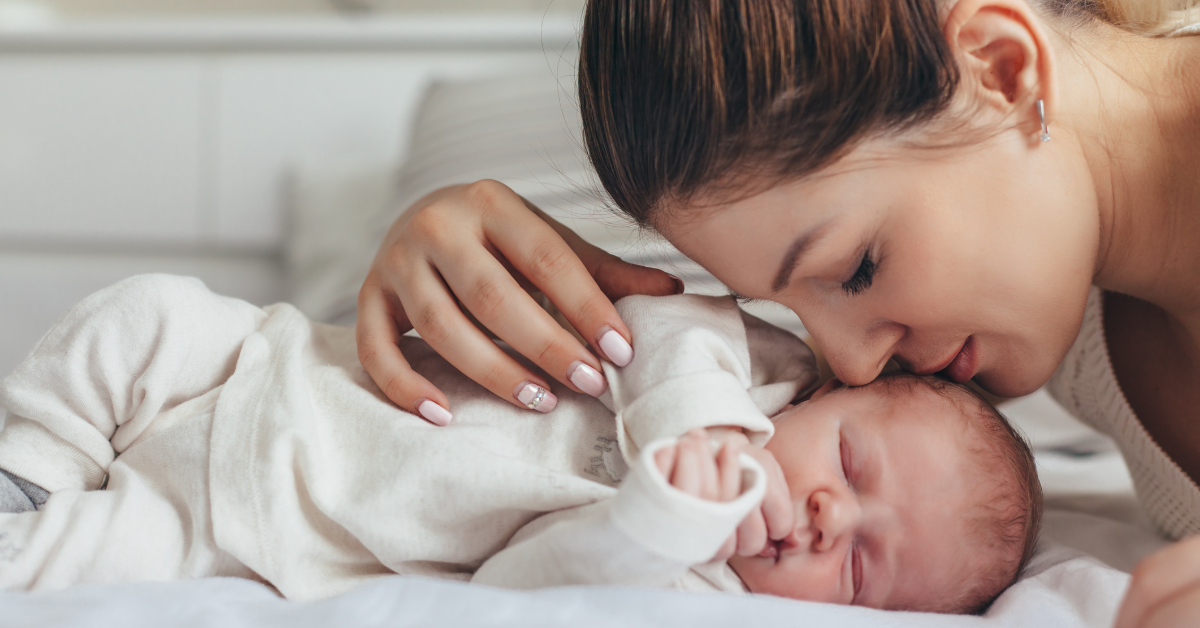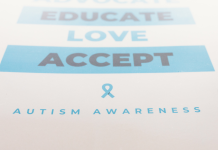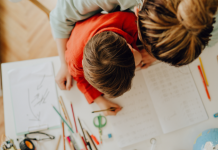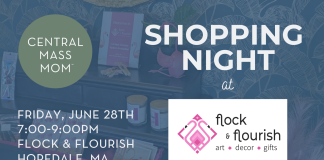 The most wonderful journey my husband and I have ever experienced began when our son was born. However, when our little one was diagnosed with plagiocephaly, commonly known as flat-head syndrome, it brought a whirlwind of tough emotions and concerns. Was this my fault? Was I not picking him up enough? Did we not rotate him in the bassinet? Did I only feed him in one position too many times?
The most wonderful journey my husband and I have ever experienced began when our son was born. However, when our little one was diagnosed with plagiocephaly, commonly known as flat-head syndrome, it brought a whirlwind of tough emotions and concerns. Was this my fault? Was I not picking him up enough? Did we not rotate him in the bassinet? Did I only feed him in one position too many times?
The Process
Around three months of age, we began to notice a flat spot on the back of our son’s head. We brought this up to our pediatrician who referred us to a doctor at Boston Children’s Hospital. Everyone we interacted with there was truly wonderful and kind. We left armed with tons of information and a little less guilt.
Plagiocephaly can come about from womb positioning, prematurity, torticollis (tight neck muscles that can restrict movement), and sleep positioning. We learned that although treating plagiocephaly is mostly cosmetic, there can be implications down the line if left untreated. It can cause ears to be uneven and the forehead to bulge, in addition to the tell-tale flat spot on the back of the head. Should our son need glasses later in life, we wanted them to fit on his ears easily. If he chooses to play a sport that requires a helmet, we wanted to ensure it would fit properly and safely. And should he decide to keep his hair short, we didn’t want him to be self-conscious about a differently shaped noggin!
Helmet Time
A precisely measured and created helmet filled with firm foam would be the solution. Over several months, the helmet would help to reshape our son’s head by allowing growth in the previously flat area. The decision to proceed with the flat-head helmet wasn’t an easy one. We were worried about how comfortable it would be, especially amid the summer heat. He had to wear the helmet for 23 out of 24 hours each day, which felt overwhelming. I also wasn’t sure how it would feel to bring him out and about to story times and playgroups. I didn’t feel prepared to deal with looks and questions from others.
In the end, we decided to move forward with the helmet. It quickly became an ordinary part of our daily routine. After a little time to adjust, our son was just fine with the helmet. It really was harder on us than it was on him! I quickly nailed down my spiel to explain what was going on to well-meaning folks who would stop us in the grocery store. No, he wasn’t recovering from brain surgery and no he hadn’t had a big fall.
Over a few months, we witnessed gradual but noticeable improvements. Before we knew it, we got the all-clear to be done with the helmet. I don’t know who felt more free – myself or my son!
Looking Back
It was a short chapter in our son’s childhood in the end. One that he wouldn’t even remember if it weren’t for photo evidence of his cute little cheeks being gently squished by the helmet. What began as uncertainty and guilt transformed into a journey of appreciation for our medical team and our son’s perfectly shaped head!










